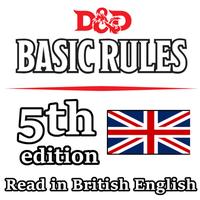The Three Pillars of Adventure
Adventurers can try to do anything their players can imagine, but it can be helpful to talk about their activities in three broad categories: exploration, social interaction, and combat.
Exploration includes both the adventurers' movement through the world and their interaction with objects and situations that require their attention. Exploration is the give-and-take of the players describing what they want their characters to do, and the Dungeon Master telling the players what happens as a result. On a large scale, that might involve the characters spending a day crossing a rolling plain or an hour making their way through caverns underground. On the smallest scale, it could mean one character pulling a lever in a dungeon room to see what happens.
Social interaction features the adventurers talking to someone (or something) else. It might mean demanding that a captured scout reveal the secret entrance to the goblin lair, getting information from a rescued prisoner, pleading for mercy from an orc chieftain, or persuading a talkative magic mirror to show a distant location to the adventurers.
The rules in chapters 7 and 8 support exploration and social interaction, as do many class features in chapter 3 and personality traits in chapter 4.
Combat, the focus of chapter 9, involves characters and other creatures swinging weapons, casting spells, maneuvering for position, and so on—all in an effort to defeat their opponents, whether that means killing every enemy, taking captives, or forcing a rout. Combat is the most structured element of a D&D session, with creatures taking turns to make sure that everyone gets a chance to act. Even in the context of a pitched battle, there's still plenty of opportunity for adventurers to attempt wacky stunts like surfing down a flight of stairs on a shield, to examine the environment (perhaps by pulling a mysterious lever), and to interact with other creatures, including allies, enemies, and neutral parties.

